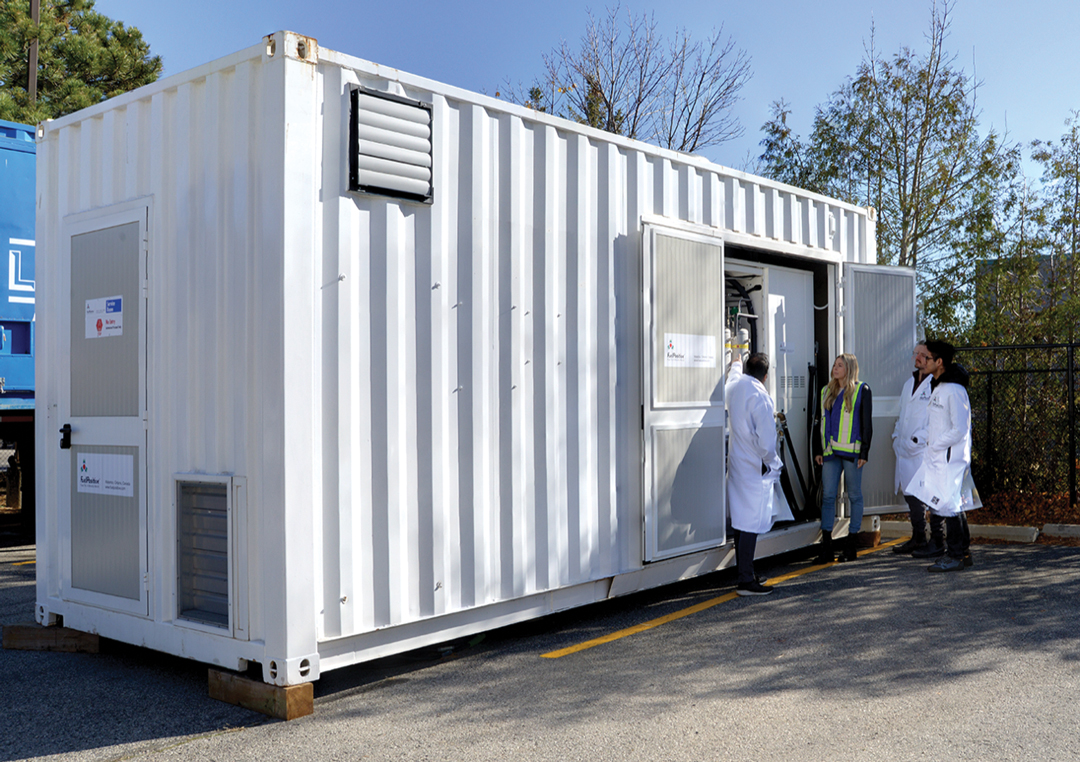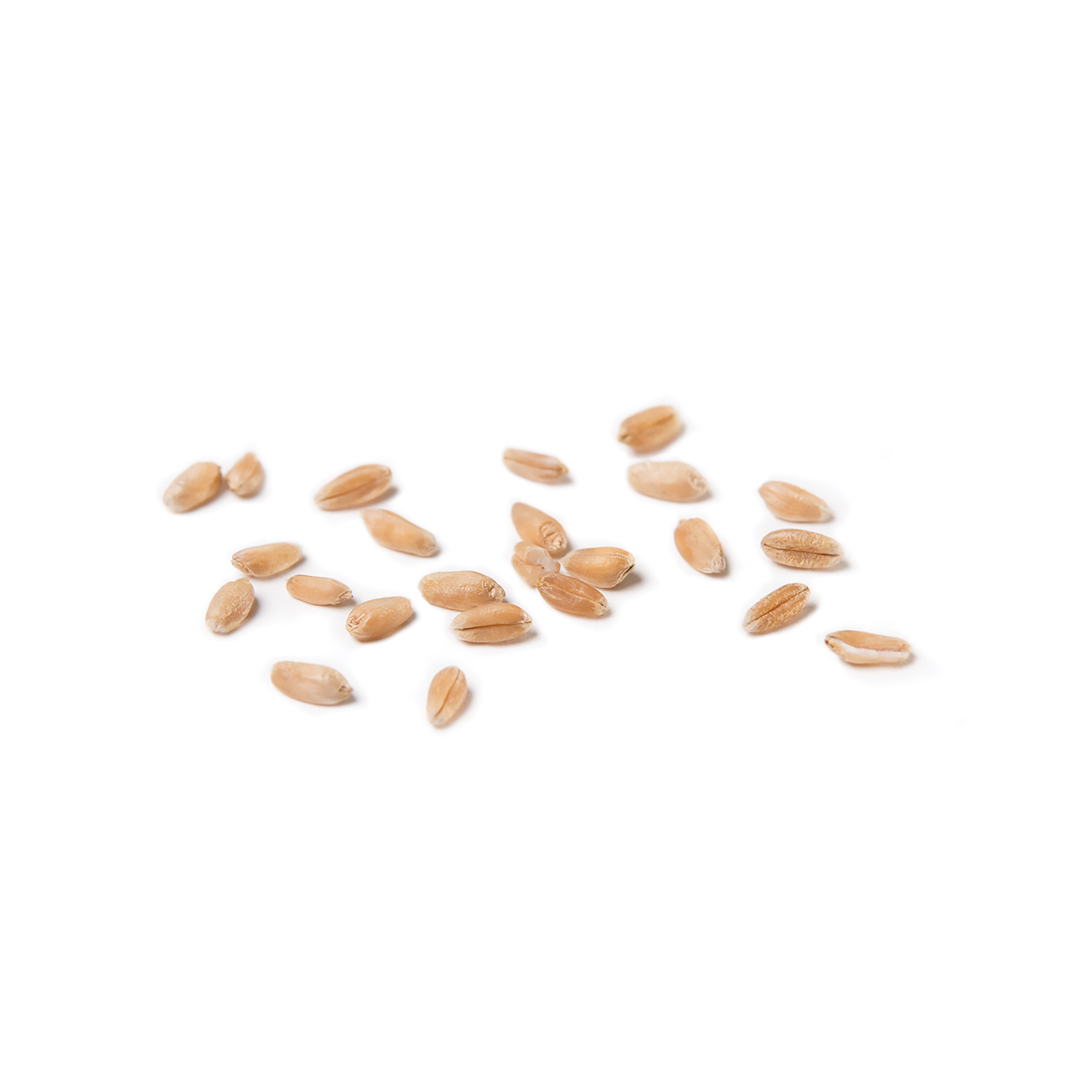CROP PANDEMIC PREVENTION
BY MADELEINE BAERG • PHOTO OF POTATO LATE BLIGHT COURTESY OF NORTH CAROLINA STATE UNIVERSITY
On coffee farms across Central and South America, a vicious invader called coffee rust has devastated the livelihoods of farmers and forced them off their land. In Colombia, a long-feared nightmare known as Panama disease, which destroyed banana production in Asia and then the Middle East in the 1990s, now threatens to end global banana production as we know it. Closer to home, a whole list of epidemic diseases from wheat stem rust to potato and tomato late blight have spread through cropland and have bitten into yield.
While monoculture crops promote disease development and global trade drives spread, crop disease pandemics have increasingly become a major threat to global food security. In a call to fight back, 16 researchers from across North America have stated there is urgent need for a more co-ordinated method to tackle these ever-present threats.
Early this summer, the group published a recommendation paper in Proceedings of the National Academy of Sciences that outlined the risk of plant pandemics and called for global action. Co-author Graham MacDonald is an assistant professor at the McGill University department of Geography. The paper calls for the development of a proactive international plant disease monitoring and reporting structure, as well as better detection and management capacity.
“Right now, we do not have an organized surveillance system for most plant diseases. Because there is no infrastructure for reporting and communicating when outbreaks occur, we end up with full-blown pandemics that destroy crops and cost billions,” said the report’s lead author Jean Ristaino, a professor of plant pathology at North Carolina State University.
To decrease plant disease pandemics and mitigate impacts when outbreaks occur, agriculture needs a global surveillance network administered by an intergovernmental organization that isn’t restricted by national borders, she said. “What we need is a World Health Organization for plant diseases.”
Certain diseases are now monitored by individual nations or, in some cases, international networks. For example, late blight is monitored both by a European network, EuroBlight (that now includes certain Asian countries), and separately by a U.S. network, USABlight (that includes Canada and Mexico). For other diseases, monitoring occurs within individual countries, but data is not shared due to trade concerns. Most diseases of emerging concern are not monitored at all.
“There are a few existing surveillance networks, but they need to be connected and funded by intergovernmental agencies and expanded to create global surveillance systems,” said Ristaino.
Such an effort would be huge. International in scope, it would require the participation of a wide range of experts from economists and engineers to geographers, statisticians, crop scientists, plant pathologists and data analysts, as well as governments and individual farmers.
Not surprisingly, the cost would also be daunting. For example, Ristaino ballparks that the U.S. would need to commit US$50 million “as a starting point.” While to secure funds will likely be a major challenge, Ristaino said the cost of not funding an international effort, both in dollars and human suffering, would be far higher. “I do think the timing is right,” she said. “The COVID-19 pandemic brings all of this into perspective and has shown the vulnerabilities of our food supply.”







Comments